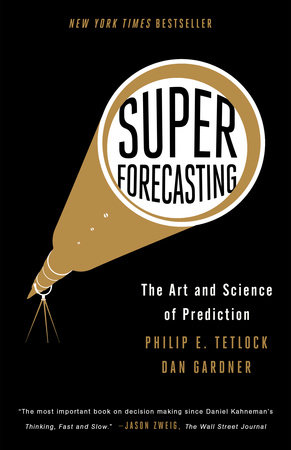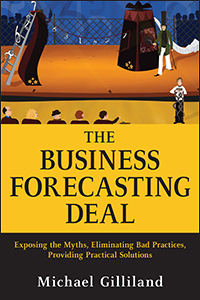
Registration is now open for the SAS Analytics Experience 2017, being held September 18-20, in Washington, DC. (The Analytics Experience moves to Amsterdam, October 16-18 -- details on that event to follow.) For anyone interested in FVA analysis, Chip Wells and I will be delivering a half-day pre-conference training session




